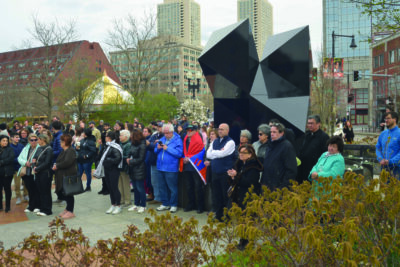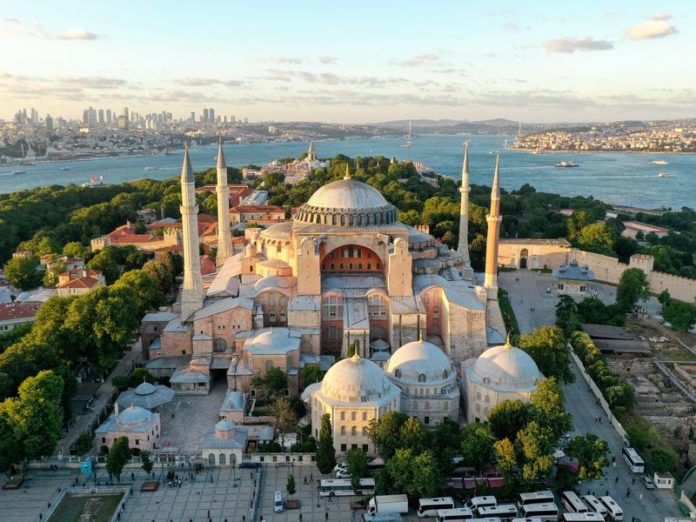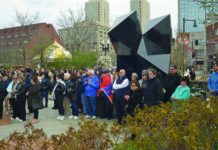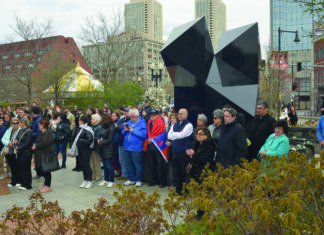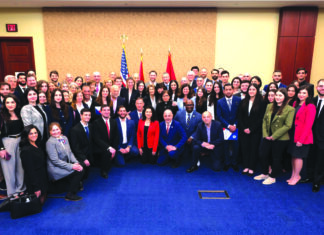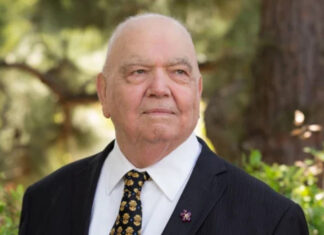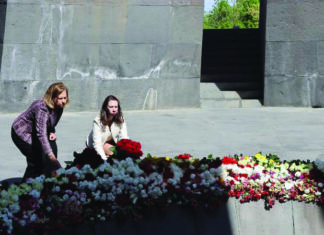By Taner Akçam
WORCESTER, Mass. – During the recent return of the Hagia Sophia/Hagia Sophia Museum to the status of a mosque, three moments stuck out as highly symbolic: the sight of a group of persons running to the mosque shouting “Allahu Akbar!”, the Turkish Minister of Religious Affairs ascending to the pulpit for the Friday sermon with sword in hand, and the President of the Republic reading from the Qur’an.
These are the symbols of the “new Republic” that President Tayyip Erdoğan is constructing, and all intentionally harken back to very important historical traditions.
Over the course of much of Ottoman-Turkish history we observe an abiding tradition of refusing to automatically recognize the right to life of those who were different, often justified on the basis of “might makes right” (kılıç hakkı). This tradition, which based itself on destruction and slaughter, has special meaning for the Syriac/Assyrian Christian community, which experienced this tradition first-hand, as the victims of the “Seyfo [Syriac word for sword]”. This is the sword that was drawn in Hagia Sophia on Friday, July 24.
This politics of annihilation, which began after the Tanzimat period, in particular and would end up eliminating close to 30% of the Ottoman population (primarily Christians), would persist during the Republican Period, during which time it targeted not just Christians, but Jews, the [largely Kurdish] population of Dersim and Alevis.
Neither the founders of the Turkish Republic nor their political opponents have ever fully come to terms with this policy of “annihilation and destruction,” and the reason for this is to be found in the “codes” of Ottoman collapse and Republican national rebirth.
